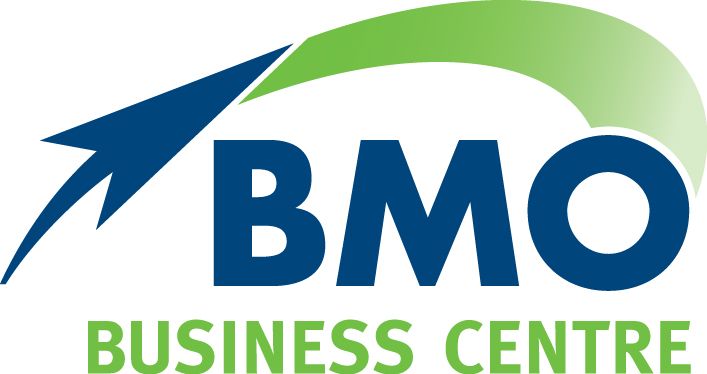Lift your head up from the header
Many of our farmers will be head down and tail up in the midst of their summer crop harvest. When you’re busy on the header or planter, it’s hard to find the time or energy to be looking at your finances. I know you don’t want to hear this, but managing your cash flow is just as important as looking after your crop or cattle health. After all, there is no point growing a great crop if you don’t have the financial capacity to get it out of the paddock to deliver for sale.
So how do you start? The easiest way to start is to prepare a report based on the last 12 months on a monthly basis. Even though things will change, doing this it will help identify the seasonal differences plus highlight when those “chunky” payments like interest, loans, insurance, and even those large pre-season costs like fertiliser and maintenance. You need to consider:
- What is the estimated income and expenses
- What crops require different input costs
- What crops produce better return or more cash flow
- When are my loan and interest payments due
- What is the time lag between spending the money on the crop and receiving some $ from the sales
- Do we need or can we afford any more equipment
Cash flow Budgets can come in many different formats, shapes and sizes, it all depends on what system you use. Some people (like accountants) love excel or a spreadsheet, some of you may use a bookkeeping software like Banklink, Xero or Quicken.
To be honest, it doesn’t really matter what you use to do it as long as it’s a method that suits you and makes it easy for you to manage. While I certainly love using the latest cloud-based accounting software, we don’t like to see our clients getting so hung up on using the right computer programs that they don’t do anything at all. I know it’s painful but just do it, it can make all the difference between being a “farmer” and a “farm business owner”.
The post Lift your head up from the header appeared first on BMO Accountants.


